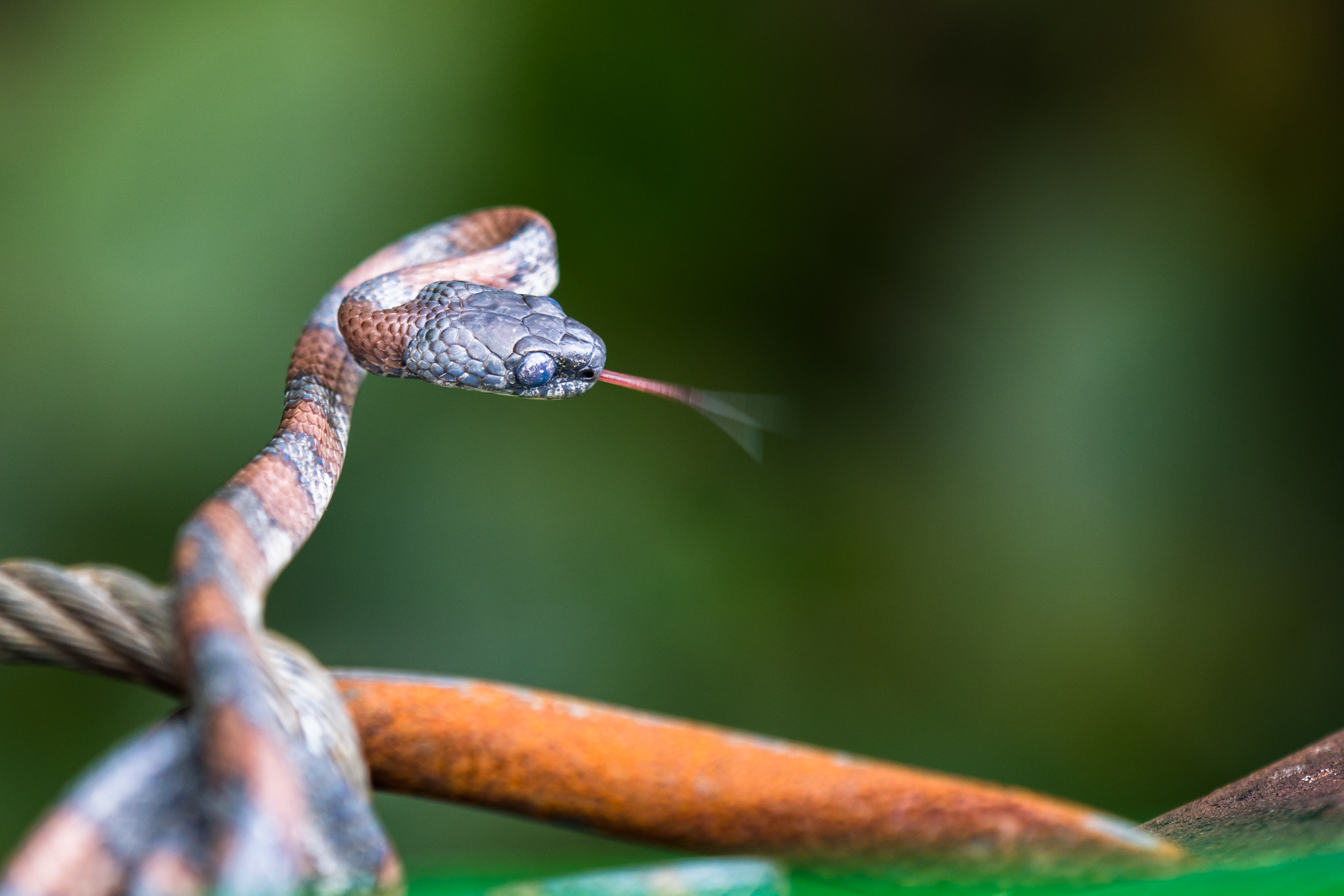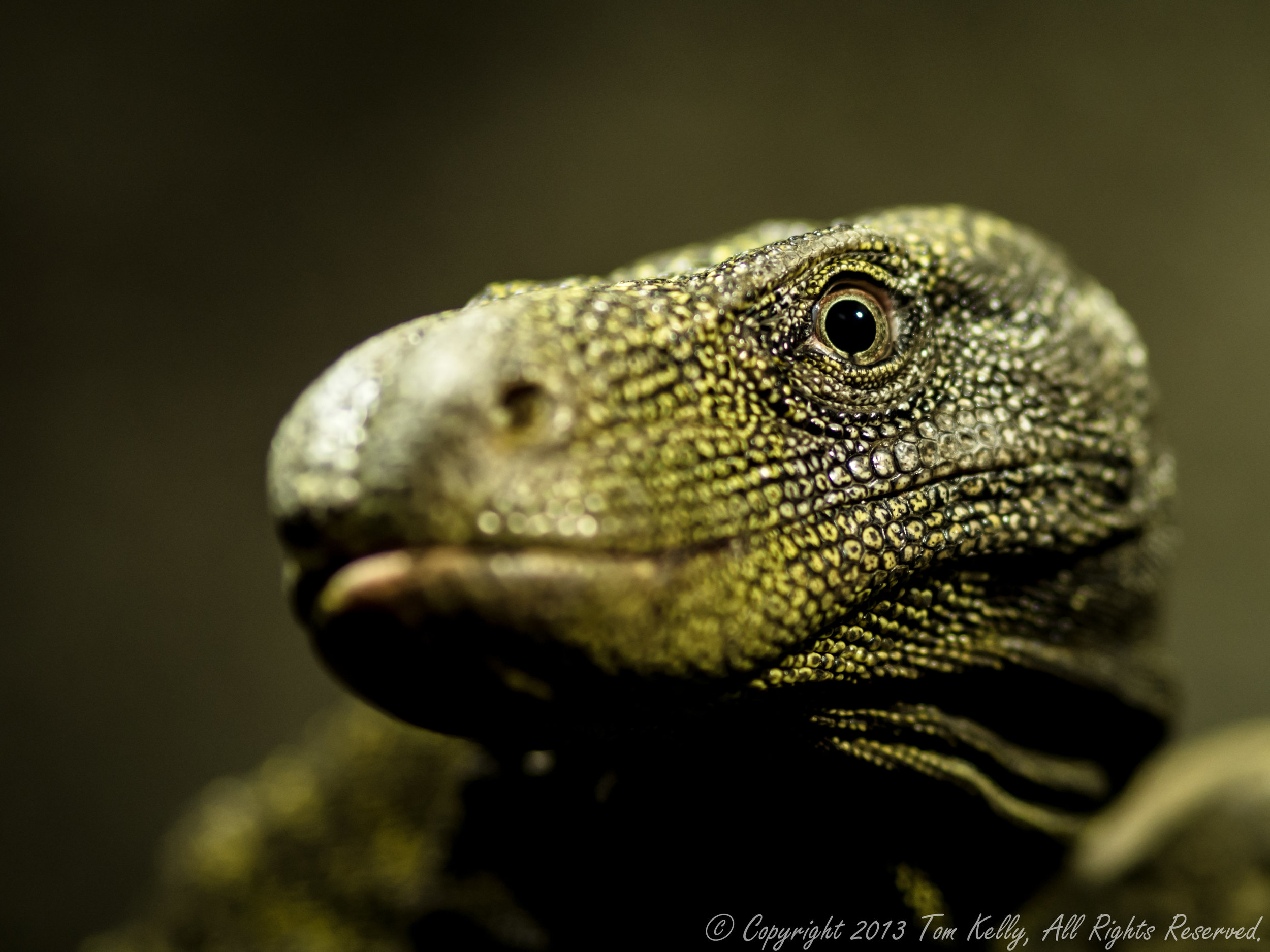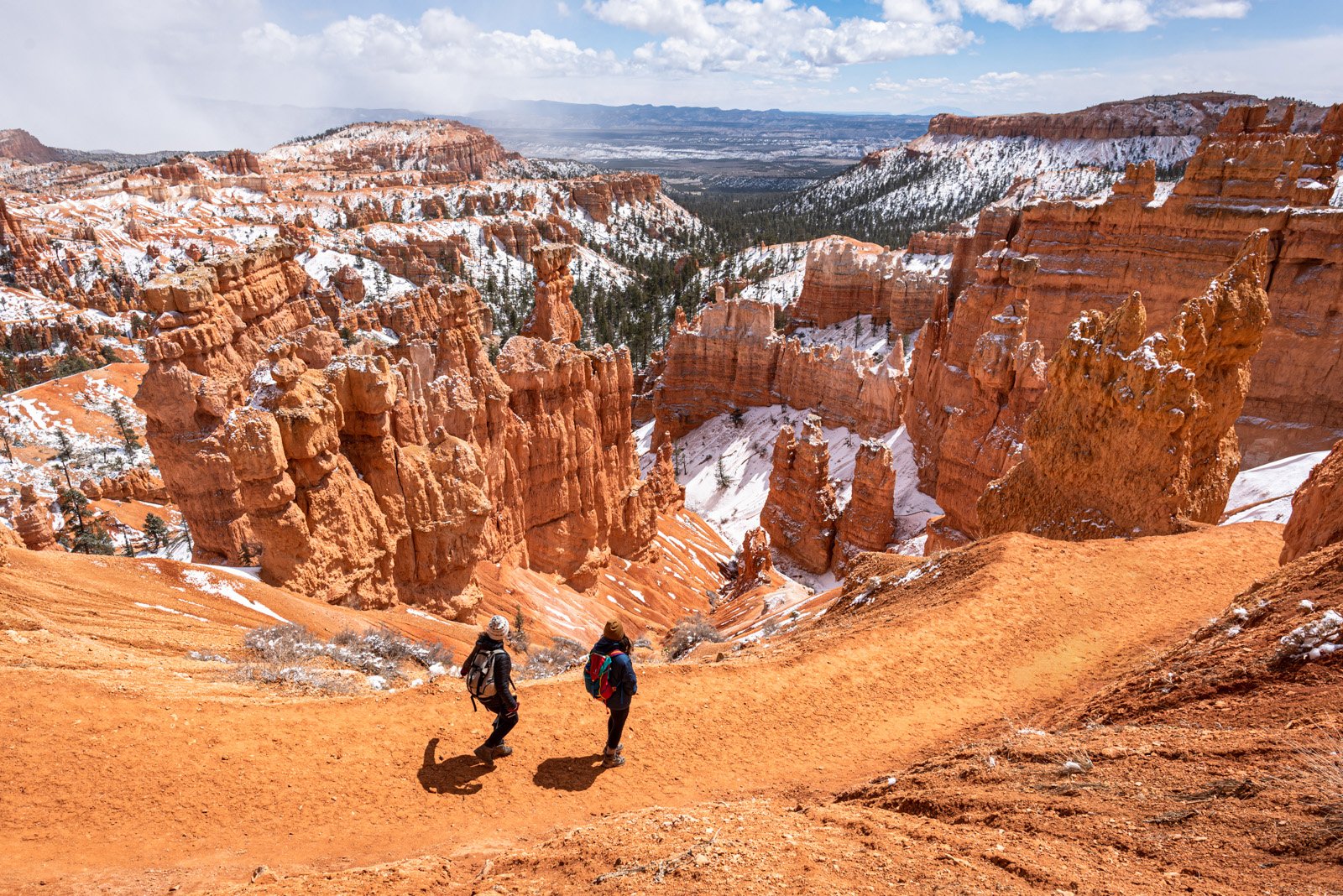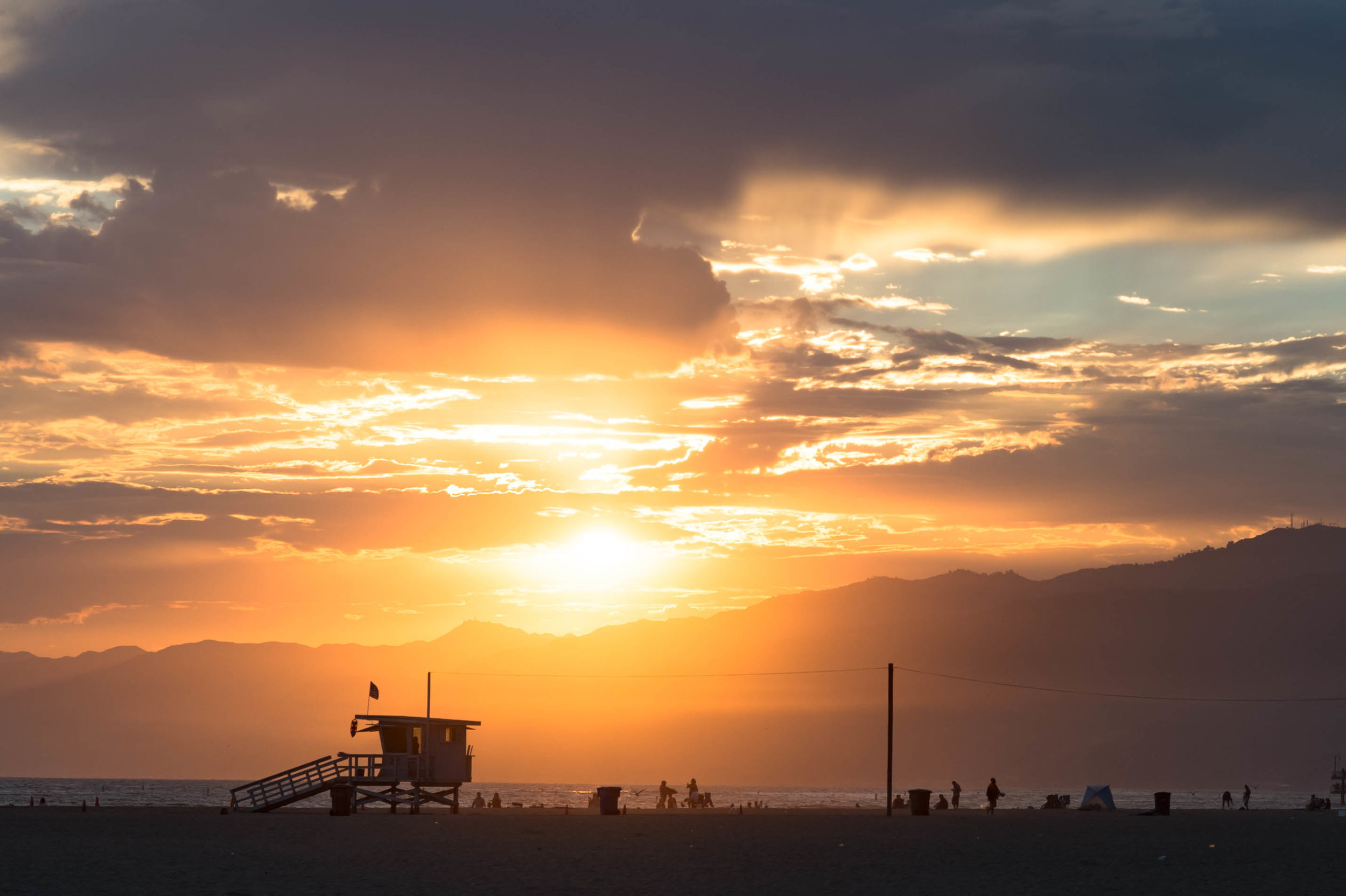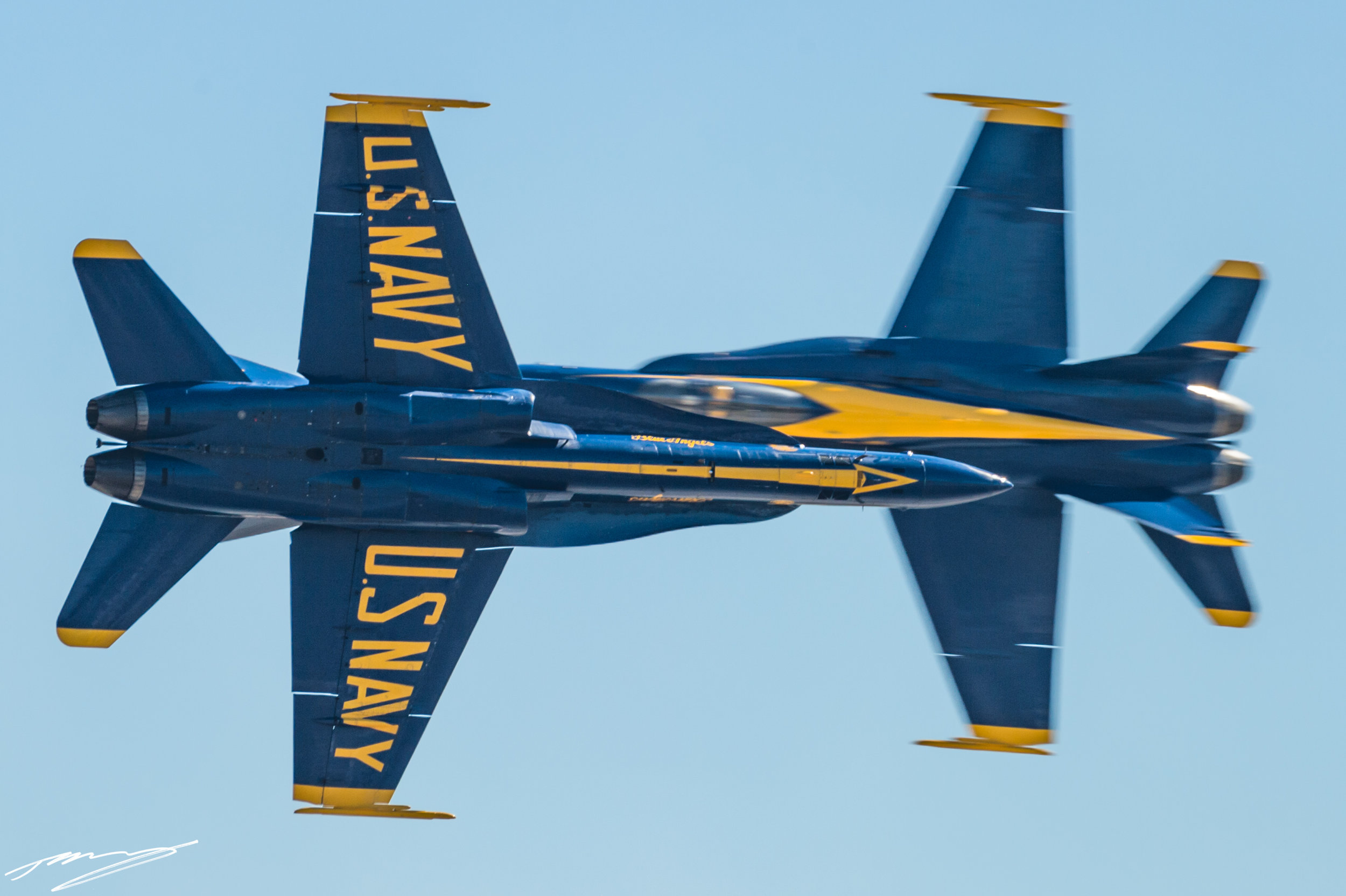Introduction
In a photography world increasingly dominated by mirrorless cameras, the Nikon D850 remains a steadfast contender, boasting impressive performance and image quality. With the rise in popularity of mirrorless interchangeable lens cameras (MILCs), many photographers may question whether investing in a DSLR like the D850 is still a relevant choice in 2023. In this article, we will delve into the unique features and advantages of the Nikon D850, exploring its enduring appeal in the face of the mirrorless revolution.
Unparalleled Image Quality
The Nikon D850 is renowned for its exceptional image quality, thanks to its full-frame 45.7-megapixel sensor. This high-resolution sensor delivers stunning details, dynamic range, and low-light performance. According to DXOMARK, the D850 achieves a remarkable sensor score of 100, solidifying its position as one of the top DSLRs for image quality.
Statistics: DXOMARK rates the Nikon D850's low-light ISO performance at an impressive 2660 ISO, allowing for excellent image quality in challenging lighting conditions.
Robust and Ergonomic Design
The D850 features a robust build quality that withstands demanding shooting conditions. Its rugged construction, weather sealing, and durable materials make it a reliable tool for photographers in various environments. Additionally, the ergonomic design of the camera ensures comfortable handling, even during extended shooting sessions.
Analogies: Think of the D850 as a trusty workhorse—a camera that can handle the toughest photography assignments without compromising on comfort and usability.
Versatility and Lens Compatibility
One of the significant advantages of DSLRs like the D850 is their compatibility with a wide range of lenses. Nikon's F-mount system provides access to a vast selection of lenses, including prime lenses, zoom lenses, and specialty lenses, offering photographers unparalleled flexibility and creative possibilities.
Renowned photographer Joe McNally once said, "The Nikon D850 is like having a Swiss Army knife of a camera in your hands. It can adapt to any photographic situation with ease."
Fast and Accurate Autofocus
The D850 features an advanced autofocus system with 153 focus points, including 99 cross-type sensors. This sophisticated system, coupled with Nikon's reliable AF tracking capabilities, ensures fast and precise focus acquisition, even in challenging shooting scenarios. Whether capturing sports, wildlife, or fast-paced events, the D850's autofocus system delivers exceptional results.
The Nikon D850's autofocus system boasts an impressive 0.5 seconds acquisition time, enabling photographers to capture decisive moments with precision and accuracy.
Extended Battery Life
For photographers who embark on long shoots or travel extensively, battery life is a critical consideration. The D850 excels in this area, offering an extended battery life that allows for prolonged shooting sessions without interruption. With a single charge, the D850 can capture approximately 1,840 shots—a substantial advantage for photographers who need endurance in the field.
The DSLR vs. Mirrorless Debate
While mirrorless cameras have gained significant popularity, it's important to recognize that DSLRs still have their place in the photography landscape. DSLRs like the D850 provide advantages such as optical viewfinders, superior battery life, and an extensive lens ecosystem. However, mirrorless cameras offer benefits such as compact size, in-body image stabilization, and real-time feedback through electronic viewfinders. Ultimately, the choice between DSLR and mirrorless comes down to personal preferences, shooting style, and specific requirements.
Some argue that the rise of mirrorless cameras brings technological advancements, such as improved autofocus and faster burst rates, which may make them a more attractive choice for certain photographers. Additionally, the lighter weight and smaller form factor of mirrorless cameras can be advantageous in situations that demand portability.
Conclusion
In a world where mirrorless cameras have become the talk of the town, the Nikon D850 proves that DSLRs still have a significant role to play. Its unparalleled image quality, robust design, versatile lens compatibility, fast autofocus, extended battery life, and the ongoing DSLR vs. mirrorless debate make it a compelling choice for photographers in 2023. Ultimately, the decision should be based on individual shooting preferences and requirements.
As technology continues to evolve, photographers have a wealth of options to choose from. Whichever camera system one decides to embrace, it's essential to remember that the joy of photography lies in capturing moments, telling stories, and expressing creativity, regardless of the gear in hand.
Visual Elements: Include images of the Nikon D850 showcasing its design, ergonomics, and sample photographs demonstrating its exceptional image quality.
Citations:
DXOMARK: https://www.dxomark.com/nikon-d850-sensor-review-first-dslr-hit-100-points/
Joe McNally's quote: Personal communication with Joe McNally, renowned photographer.


